High-yield planting techniques and Pest Control of Maize
Corn is an important forage crop, industrial raw material and grain crop in China, and its position in China's planting industry is extremely important. if we want to increase the yield of corn and increase farmers 'income, we must actively study corn planting techniques and pest control measures.
1 High-yield cultivation techniques
1.1 Sowing.
The key factors affecting maize seed germination are temperature and moisture. Therefore, in order to ensure the high yield of maize, sowing must be carried out at a suitable temperature for seed germination. In general, the lowest temperature at which maize seeds germinate most easily is 6℃~8℃, and maize seedlings grow slowly at 10℃~12℃. However, if you want corn seedlings to thrive and grow seedlings as soon as possible, you should pay attention not to be too deep or too shallow when sowing corn, and 4~6 cm is the best. The root cause is that the emergence time will be affected by the depth of sowing, the deeper the later, and the emergence time is too late, it will affect the growth of seedlings. In order to ensure that the seedlings are neat, complete, strong and high yield, fertilizer mass seedling transplantation can be carried out.
1.2 Thinning should be done at appropriate time.
During the growing process of direct seeding maize seedlings, thinning should be carried out according to the growth conditions of maize, and the best time for thinning was when the third leaf of maize seedlings was extracted and grew to 2~ 3 cm. In the process of thinning seedlings to follow the weak to stay strong standards, and according to the different varieties of corn to choose the best planting density, in order to better seedling growth. For example, Xuanhuangdan No. 4, the best planting density was 3 800 plants/mu. At the same time, in the process of planting, if the density exceeds the optimal planting density, it will lead to the lack of nutrients and water in the seedlings, and then cause the lodging of seedlings, and make the overall yield of corn affected. On the contrary, if the planting density is lower than the optimum, it is difficult to achieve the goal of high yield.
1.3 water and fertilizer management
1.3.1 Seedling stage.
The amount of water in the soil will directly affect the normal growth of seedlings. If the total water content in the soil is higher than the water required for seedling growth, the normal growth of seedlings will be affected, and in severe cases, waterlogging will occur and lead to seedling death. Secondly, if the soil moisture content is low, it can promote the extension of corn roots underground, which is conducive to the extension of seedling roots. Therefore, in order to prevent the occurrence of waterlogging in the seedling stage, it is appropriate to maintain the dryness of the soil and control the amount of water appropriately.
1.3.2 Big bell mouth period.
This period is related to the formation of maize ear kernel, mainly refers to the 8~10 leaves of maize, water and fertilizer management plays an important role in the size of female ear and kernel number. Therefore, in this period, maize should absorb sufficient nutrients and water, so that the number of female ears increased, and then its yield increased.
1.3.3 Spinning period.
Application of excessive nitrogen fertilizer seriously affects the flowering period of female and male ears, so excessive application of nitrogen fertilizer should be avoided, and then the yield of corn can be improved.
1.4 harvest
1.4.1 Wax ripening period.
At this stage, waxy endosperm has formed, and the dry weight of corn seeds is close to the maximum. Therefore, harvesting corn at this time can ensure high yield and high quality of corn.
1.4.2 Complete ripening period.
During this period, the milk line of maize kernel disappeared and black layer formed at the base. Therefore, the corn harvested at this stage is not only unsatisfactory in quality and yield, but also has problems such as residue and thick skin.
2 Pest control techniques
2.1 Corn borer.
Corn borers can harm corn in the growing process. Corn borers bore holes in the leaves of corn and then entered the heart leaves of corn seedlings, adversely affecting corn growth. In the process of corn borer control, the growth habit and environment of corn borer should be fully mastered, and the method of artificial killing should be adopted in the high incidence season of corn borer. At the same time, it can also use natural enemies to control and cultivate natural enemies of corn borer, such as Trichogramma. The maize varieties with higher resistance were selected and sprayed regularly.
2.2 Large spot disease.
The occurrence position of corn big leaf spot is the lower leaves of corn. The leaves will wither due to the infection of big leaf spot, and when it is serious, it will spread to the whole leaves, resulting in the death of leaves. The infected leaves or leaf sheaths will affect the quality of corn seeds. Therefore, in order to control the development of bacteria, so as not to infect again, should be basically infected leaves have been removed and destroyed, but also can spray chlorothalonil and carbendazim and other agents.
2.3 Tumour black powder.
Nodular black powder is a common disease in maize growth process, which mainly occurs in ear, stalk and leaf. The main reasons for the occurrence of smut were as follows: firstly, excessive application of nitrogen fertilizer resulted in soft plant tissue and only long stems but no fruit, secondly, smut fungus could overwinter in soil, and continuous cropping would provide good hosts for the fungus, thus increasing the number of the fungus; Third, improper or not timely treatment of the pathogen will also cause corn plants to be infected again, so, in order to effectively control the infection of the black rot fungus, the base number of the pathogen should be reduced, seed coating should be used, at the same time, excessive use of nitrogen should be prevented as far as possible, the way of deep ploughing, reasonable rotation, timely and effective treatment has been infected with black rot plants.
Liu Yonghe. Modern rural science and technology
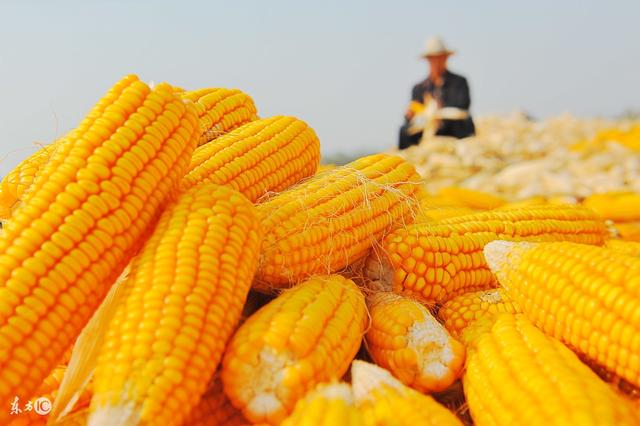
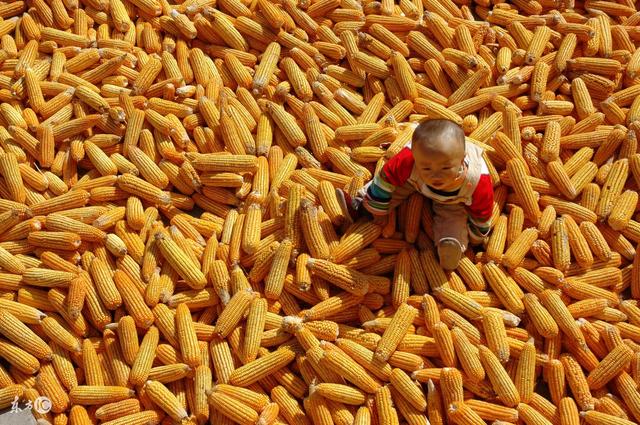
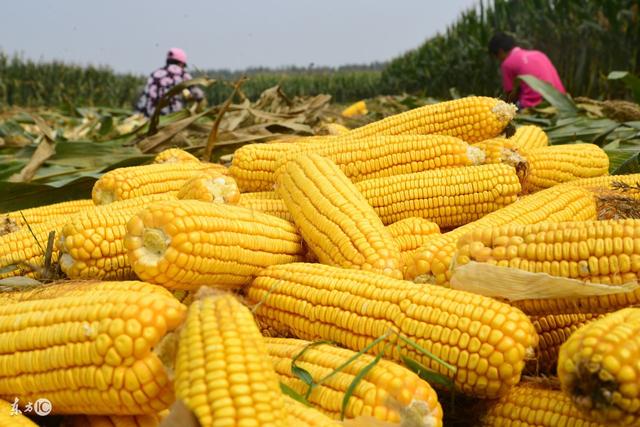
- Prev
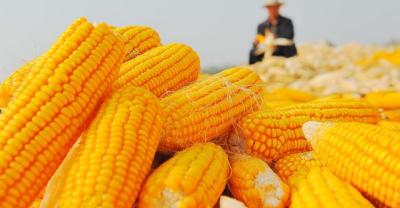
Planting and maintenance techniques of hydroponic Rabdosia angustifolia
At present, there are a lot of plants and flowers can be hydroponized, not only the shape is more beautiful, maintenance and management is also more convenient, and water culture and protection has become.
- Next
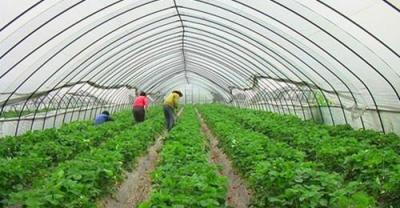
The eldest brother was overjoyed when he planted cucumber "melon on top".
Brother Wang planted more than two mu of cucumbers this year, and this year he planted cucumbers in the greenhouse. Before, because Brother Wang planted five or six acres of open-air cucumbers, he felt himself.
Related
- Fuxing push coffee new agricultural production and marketing class: lack of small-scale processing plants
- Jujube rice field leisure farm deep ploughing Yilan for five years to create a space for organic food and play
- Nongyu Farm-A trial of organic papaya for brave women with advanced technology
- Four points for attention in the prevention and control of diseases and insect pests of edible fungi
- How to add nutrient solution to Edible Fungi
- Is there any good way to control edible fungus mites?
- Open Inoculation Technology of Edible Fungi
- Is there any clever way to use fertilizer for edible fungus in winter?
- What agents are used to kill the pathogens of edible fungi in the mushroom shed?
- Rapid drying of Edible Fungi

